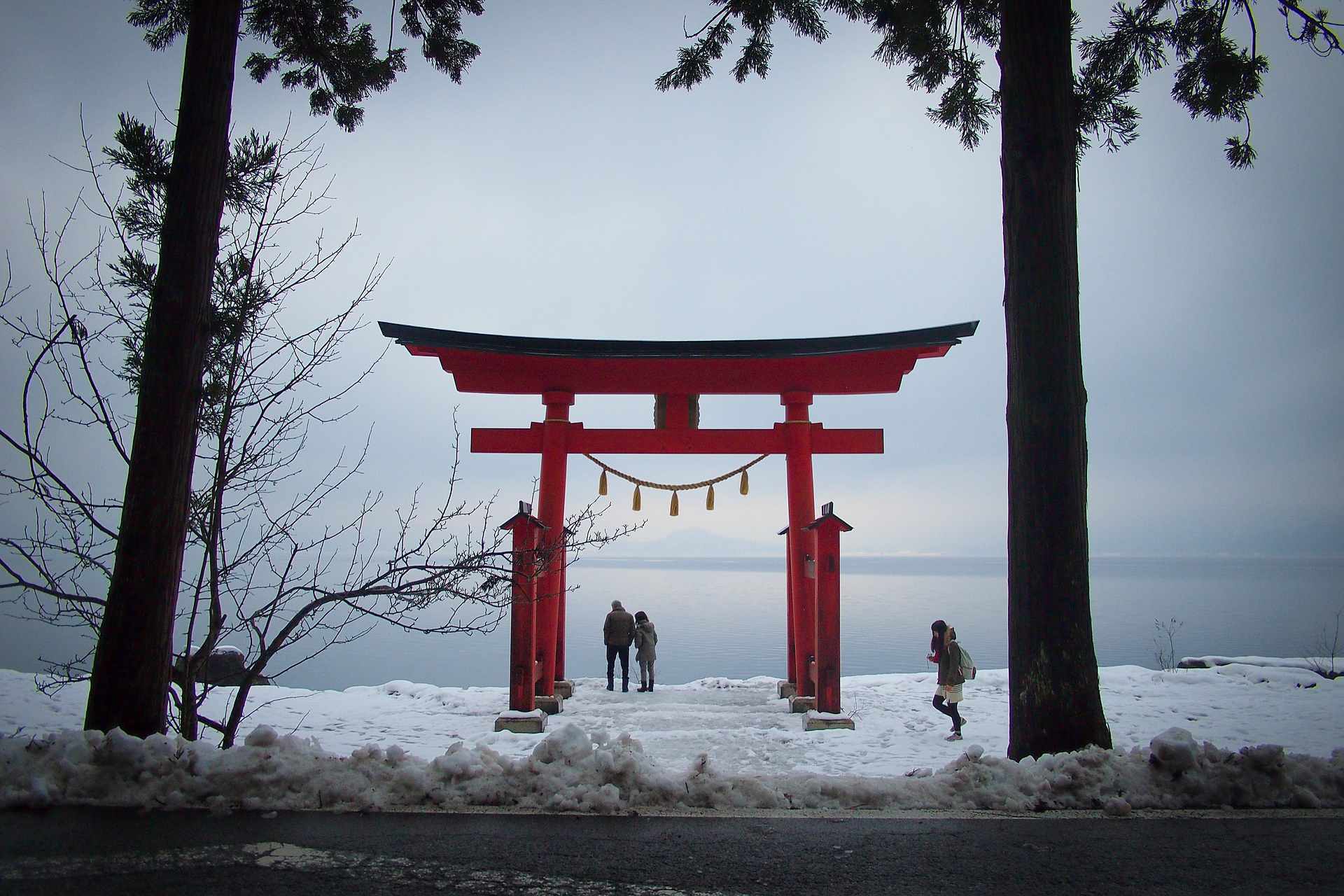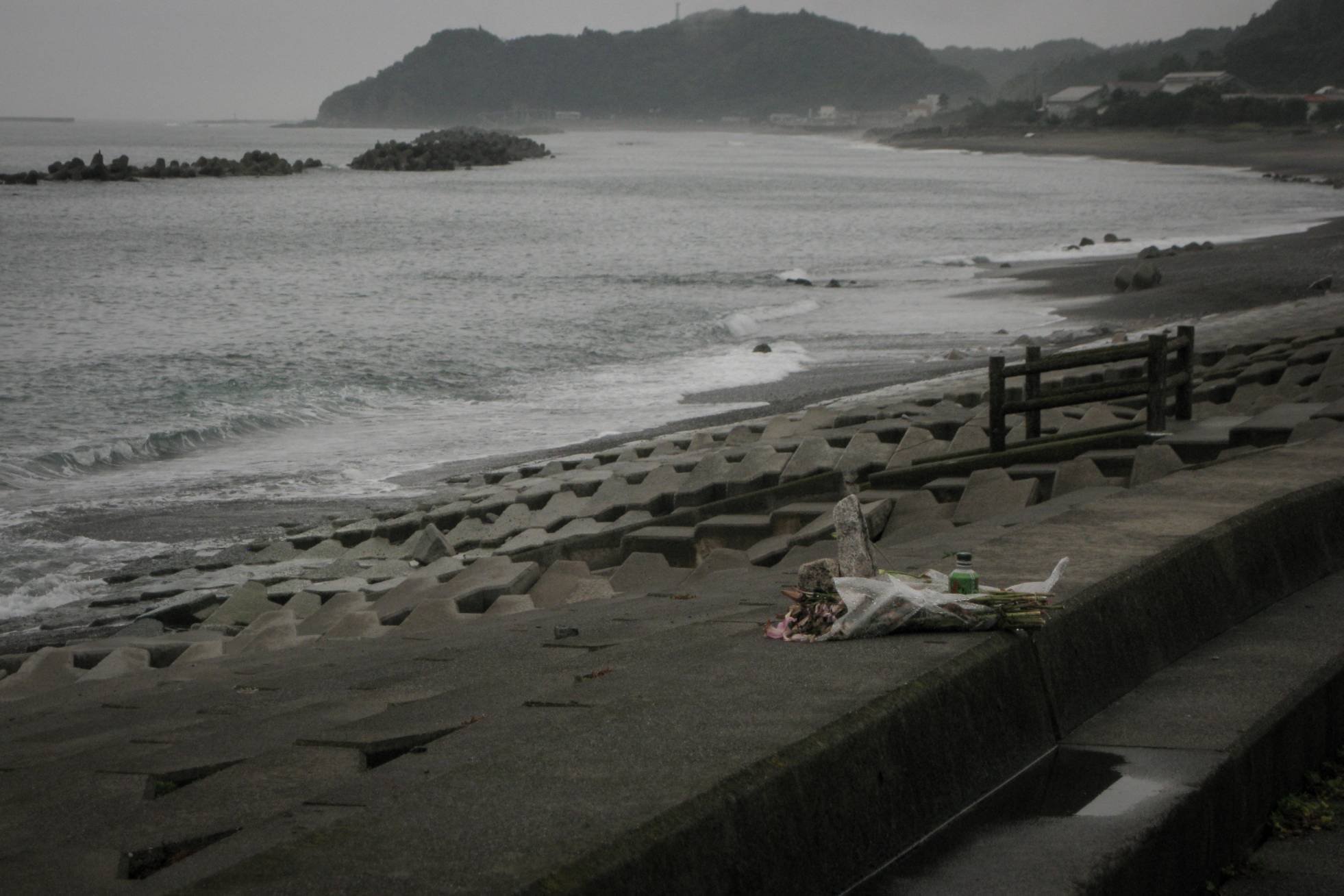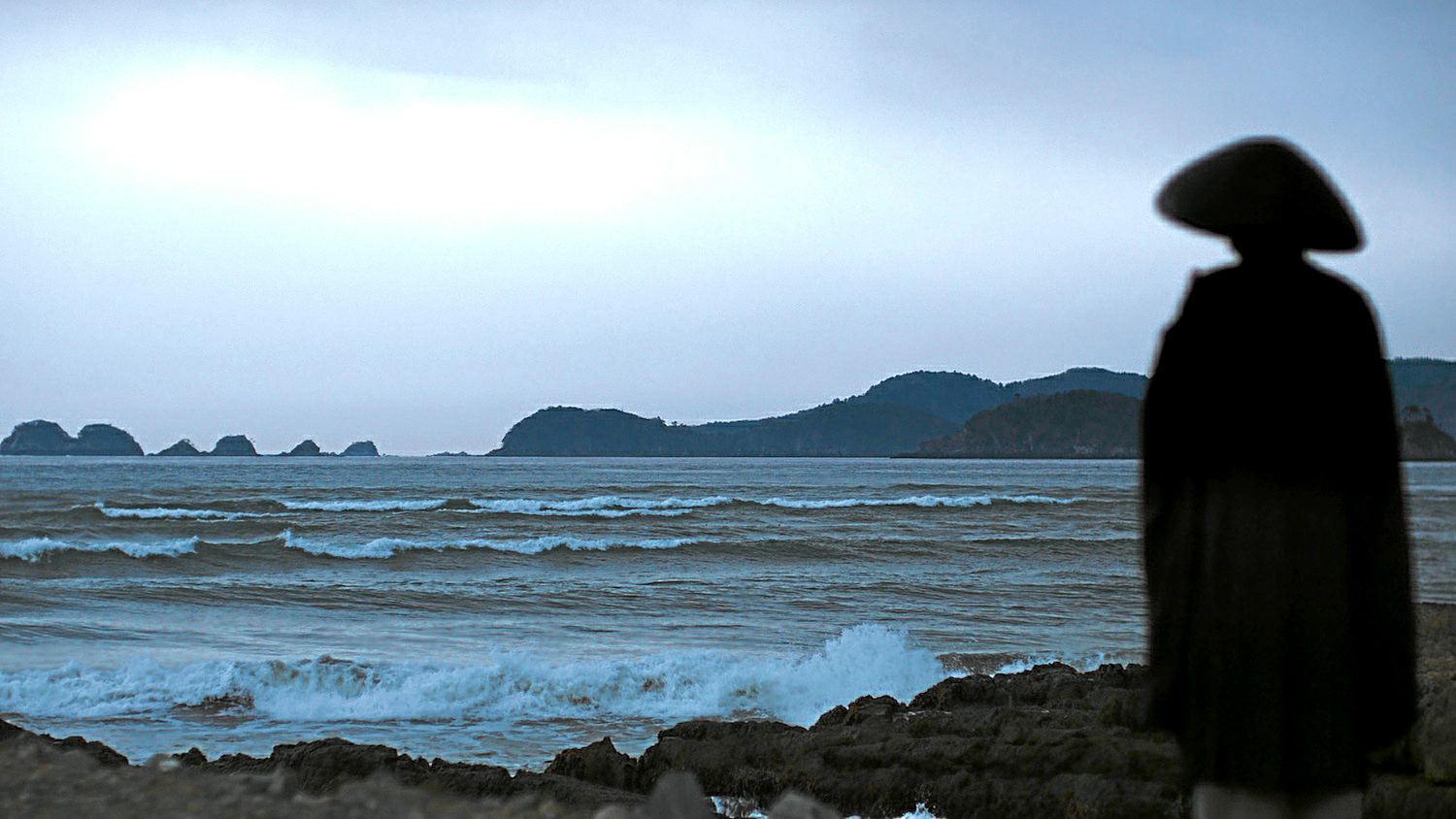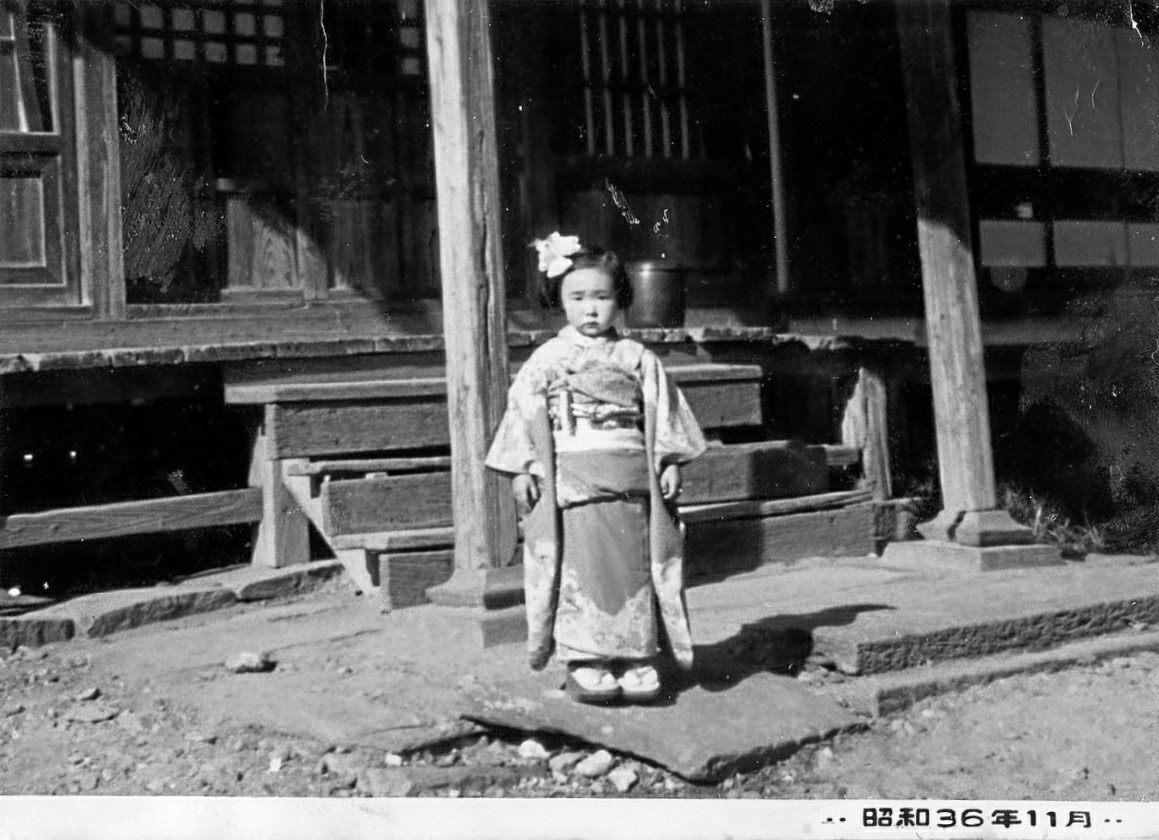Because of its harsh climate and remoteness from the centre, Tohoku, Japan’s north-eastern region, has long been regarded as the country’s backwater. Along with that reputation comes a set of unflattering stereotypes about its people ― that they are taciturn, stubborn, somewhat enigmatic.

In other words, rather than speaking their minds, they grit their teeth, bottle up their feelings and go about their business in gloomy silence. But those very traits were seen as an admirable asset in the immediate aftermath of the 11 March 2011 disaster that hit Tohoku’s coastal communities, when a disastrous earthquake was followed by a tsunami, then a nuclear meltdown at the Fukushima Daiichi reactors.

It has been nearly ten years since the March 2011 Tohoku Earthquake. It was a magnitude 9.0 earthquake that triggered a tsunami on March 11, killing almost 16,000 people in Japan. The devastation caused by the tidal wave that reached 133 feet high and went six miles inland was cataclysmic.
In the aftermath, survivors desperately searched for their loved ones among the wreckage. Today, over 2,500 people are still listed as missing.

Understandably, such tragic levels of loss are difficult for the survivors to cope with. However, a study conducted by Yuka Kudo, a sociology student at Tohoku Gakuin University, suggests that it is not only the living who are struggling to make sense of the tragedy, but also the dead. Using interviews conducted with over 100 taxi drivers throughout the eastern part of the country, Kudo reports that many have reported picking up ghost passengers.

Even when there’s been no rain, the cab drivers have been hailed by soaking wet passengers — believed to be ghosts of victims still drenched from the disaster. One cab driver in Ishinomaki picked up a woman with soaking wet hair, despite the sunny skies, who asked to be taken to an area of the city now abandoned due to the tsunami. After a moment of silence, she asked “Have I died?” And when he turned back to look at her, there was no one there!
While another tells the tale of a man who asked the driver to take him to a mountain before he vanished. In a similar situation, another cabbie picked up a young male passenger, roughly age 20, who directed him to another part of the district. This area was equally devoid of buildings and, once again, the driver was shocked to learn that his fare had disappeared.
The supposed riders involved in the account — which many compares to the “phantom hitchhiker” urban legend — were generally young people, and Kudo has a theory about that. “Young people feel strongly chagrined [at their deaths] when they cannot meet people they love,” Она је рекла. “As they want to convey their bitterness, they may have chosen taxis, which are like private rooms, as a medium to do so.”
Kudo’s investigation into these incidents showed that in every situation, the taxi drivers legitimately believed they had picked up an actual passenger, as all started their meters and most noted the experience in their company logbooks.
Yuka also found that none of the drivers reported any fear during their encounters with the ghost passengers. Each felt it was a positive experience, in which the soul of the deceased was finally able to achieve some closure. While many of them have learned to avoid picking up passengers along those places.
On its own, Kudo’s study is interesting, but cab drivers are not the only ones in Japan who have reported seeing ghosts in the tsunami-devastated towns. The police have received hundreds of reports from people who see ghosts where housing developments used to be and long lines of phantoms queued outside of former shopping centers.
While many have witnessed figures walking past their house in the evening, as darkness fell: mostly, they were parents and children, or a group of young friends, or a grandfather and a child. The people were all covered in mud. However, the police have not found any concrete evidence of such events, they have begun collaborating with exorcists in the area.

Whether one believes in the supernatural is beside the point. The point, according to many local priests who exorcised many tsunami-induced ghosts, is that people really believed they were seeing them. Tohoku’s “ghost problem” became so pervasive that university academics started cataloguing the stories, while priests “found themselves called on repeatedly to quell unhappy spirits” that could, in extreme cases, possess the living.




